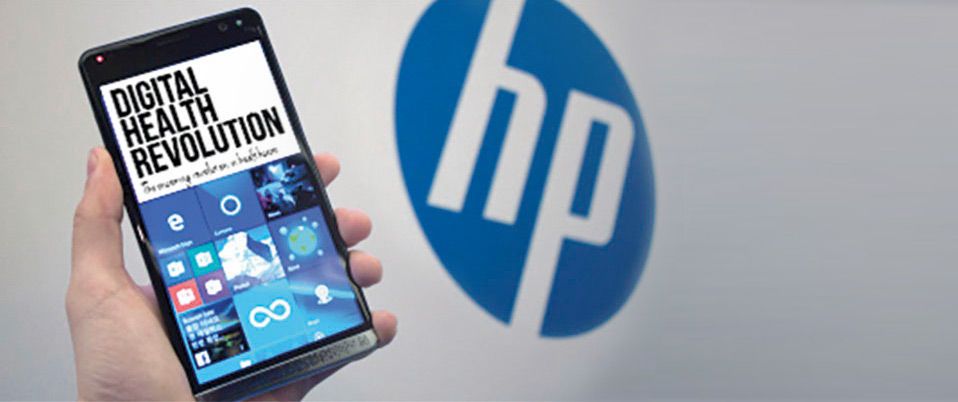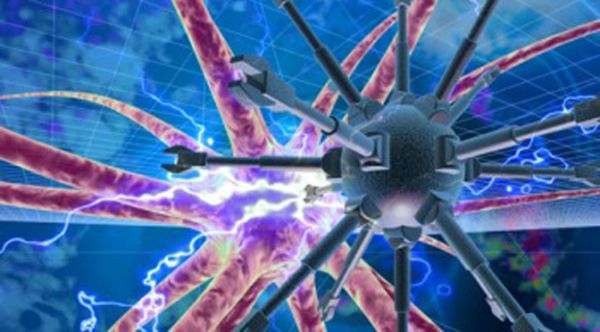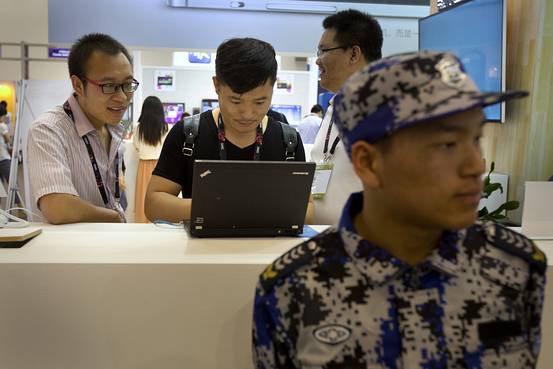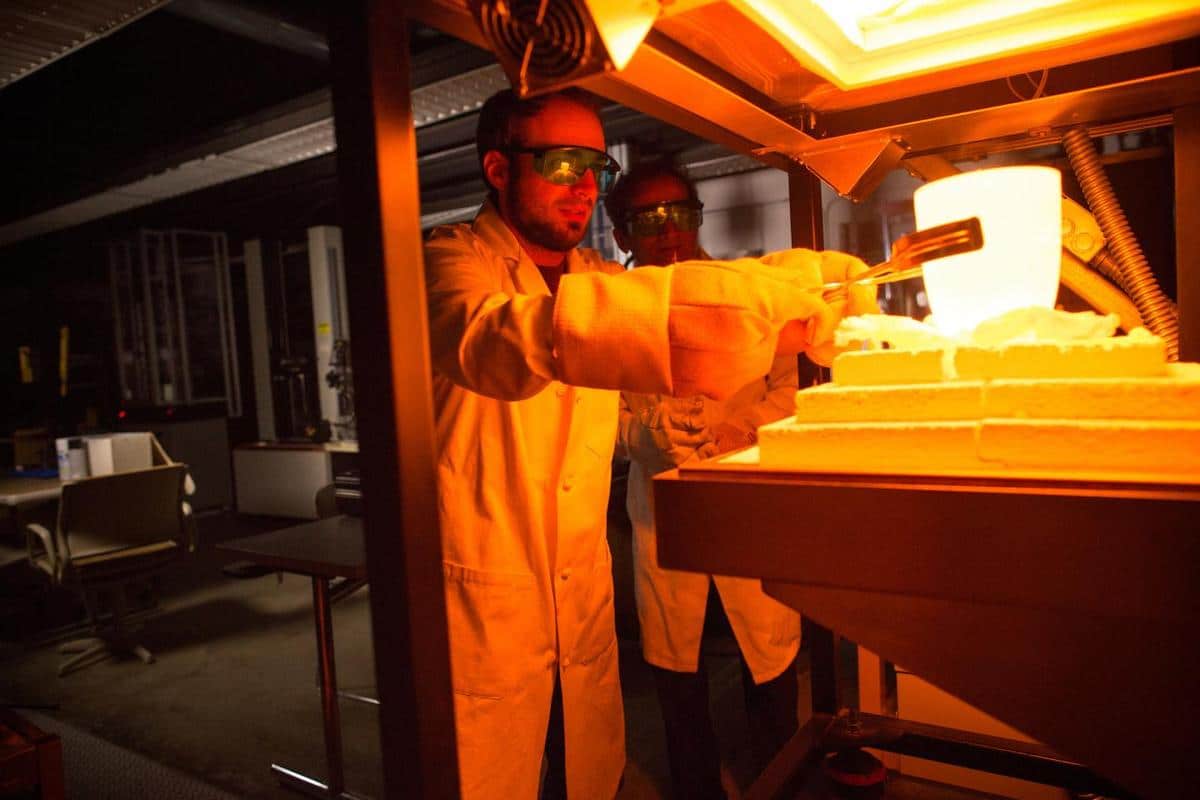Archive for the ‘information science’ category: Page 296
Aug 31, 2016
Physicist proposes new equation that could transform physics
Posted by Karen Hurst in categories: information science, quantum physics

In 1935, physicists published two papers introducing key concepts on the theoretical understanding of the universe: wormholes and quantum entanglement.
But, what if these two separately described phenomena were actually the same thing?
Continue reading “Physicist proposes new equation that could transform physics” »
Aug 31, 2016
Welcome to the digital health revolution
Posted by Klaus Baldauf in categories: biotech/medical, computing, economics, government, health, information science
Blended Reality is a versatile concept that can be extended from the physical and digital worlds to the chemical and biological world. In the convergence of healthcare diagnostics and digital health, it can play a fundamental role: the transformation of human biology, real-world parameters into digital data to obtain contextual health information and enable personalized drug treatments. The fusion of microfluidics, edge computing and commercial mobility with diagnostics, digital health, big data, precision medicine, and theranostics will disrupt existing, established structures in our healthcare system. This will allow new models of partnerships among technology and pharmaceutical industries (see fig. 1).
From the very beginning of mankind, healthcare was purely empirical and mostly a combination of empirical and spiritual skills. While access to cures was exclusive and very limited, the success rate was not very high in most cases. During the Renaissance a systematic exploration of natural phenomena and physiology laid the scientific foundation of modern medicine. A real breakthrough in quality and access to healthcare services has taken place in the past 150 years as an aftermath of the Industrial Revolution. It brought significant advances in science as well as societal changes: expanding government-granted access to the establishing working classes as the main human capital of the industrialization process in the Western Hemisphere. Keeping a business employees healthy became an indispensable prerequisite to increasing the national economic output and well-being on a societal level.
Aug 30, 2016
Could an algorithm help to save people’s eyesight? Google thinks so
Posted by Shailesh Prasad in categories: biotech/medical, information science, life extension, robotics/AI

Google’s artificial intelligence research lab DeepMind is exploring whether its technology could be used to identify early signs of eye diseases that ophthalmologists might not spot.
DeepMind, which was acquired by Google in 2014, has struck an agreement with Moorfields Eye Hospital in London that gives it access to about a million anonymous retinal scans, which it will feed into its artificial intelligence software.
Continue reading “Could an algorithm help to save people’s eyesight? Google thinks so” »
Aug 27, 2016
How quantum computers will change the world of hacking
Posted by Karen Hurst in categories: cybercrime/malcode, encryption, information science, quantum physics
There is a computing revolution coming, although nobody knows exactly when. What are known as “quantum computers” will be substantially more powerful than the devices we use today, capable of performing many types of computation that are impossible on modern machines.
But while faster computers are usually welcome, there are some computing operations that we currently rely on being hard (or slow) to perform.
Specifically, we rely on the fact that there are some codes that computers can’t break – or at least it would take them too long to break to be practical. Encryption algorithms scramble data into a form that renders it unintelligible to anyone that does not possess the necessary decryption key (normally a long string of random numbers).
Continue reading “How quantum computers will change the world of hacking” »
Aug 27, 2016
A First: Israeli Scientists “Have Used the Human Mind to Control Nano Robots Inside a Living Creature”
Posted by Shailesh Prasad in categories: biotech/medical, computing, information science, neuroscience, robotics/AI
Researchers at Bar Ilan University and the Interdisciplinary Center in Herzliya, both in Israel, have developed new technology that allows tiny bots to release drugs into the body controlled by human thought alone. The test involved a man using his thoughts to activate nano robots inside a cockroach.
The bots have been built using a DNA origami structure with hollow shell-like components, and they come with a “gate” that can be opened and shut with the help of iron oxide nanoparticles that act as a “lock” – which can be prized open using electromagnetic energy.
The Israeli team believe the bots could help in controlled release of drugs over time. Led by Dr Ido Bachelet of Bar Ilan University, scientists demonstrated how to control this process with human brainwaves. Using a computer algorithm, they trained the system to detect when a person’s brain was under strain from doing mental arithmetic. The team then placed a fluorescent drug in the bots and injected them into various cockroaches that were placed inside an electromagnetic coil.
Aug 27, 2016
Ray Kurzweil Explores How Self-Driving Cars Will Choose Between Life or Death
Posted by Elmar Arunov in categories: computing, information science, Ray Kurzweil, robotics/AI, transportation
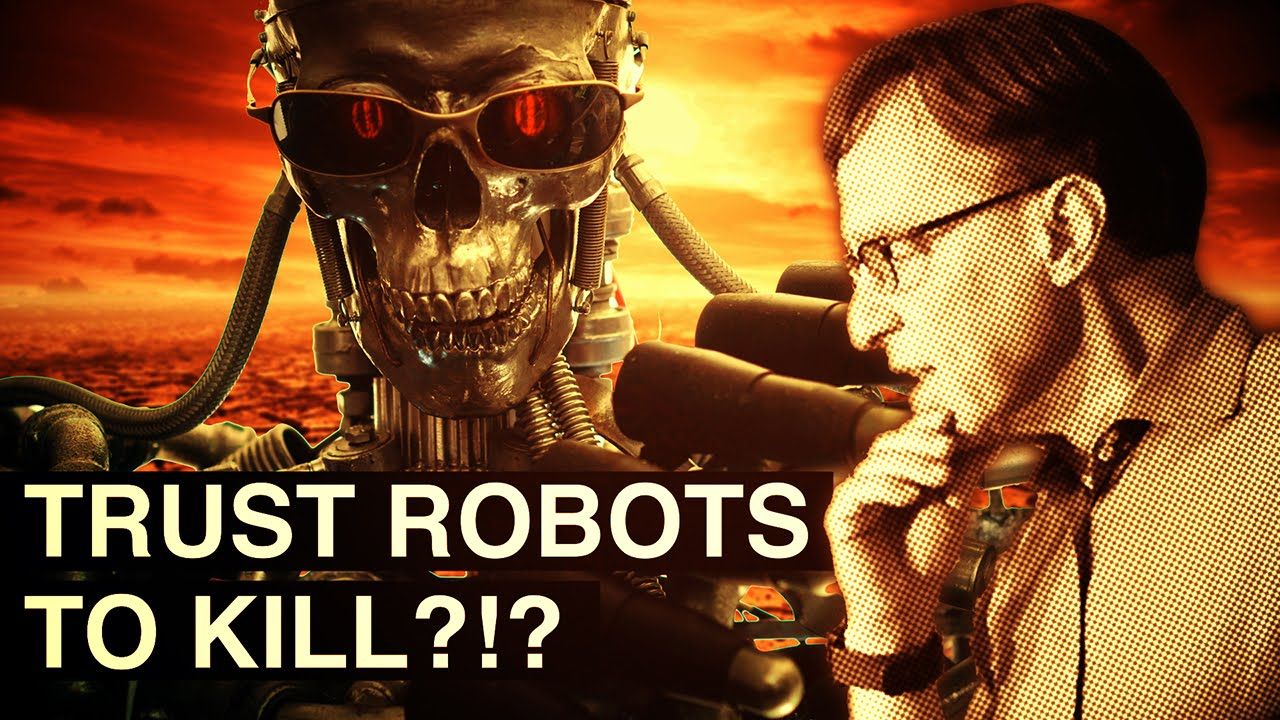
Driving a motor vehicle requires making tough choices in the heat of the moment. Whether slamming on the brakes in traffic or speeding up before a light turns red, split-second decisions are often a choice between the lesser of two evils. Sometimes, a choice could lead to bodily injury or even a loss of life.
As more self-driving cars reach the road, life-and-death decisions once made by humans alone will increasingly shift to machines. Yet the idea of giving that responsibility over to a computer may be unsettling to some.
Continue reading “Ray Kurzweil Explores How Self-Driving Cars Will Choose Between Life or Death” »
Aug 26, 2016
CIA reveals Spacenet ‘AI in the sky’ that could constantly monitor activity on Earth
Posted by Carse Peel in categories: computing, information science, robotics/AI, satellites
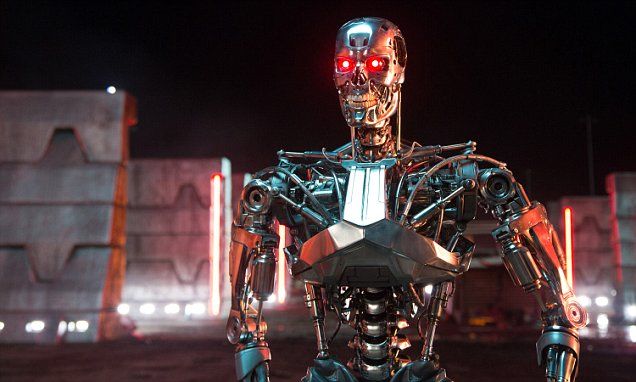
CIA reveals Spacenet ‘AI in the sky’ that could constantly monitor activity on Earth via high resolution satellites…
It sounds like something out of a sci-fi film — an AI that constantly monitors the Earth, looks for unusual activity.
Aug 26, 2016
China Sets New Tone in Drafting Cybersecurity Rules
Posted by Karen Hurst in categories: business, cybercrime/malcode, encryption, government, information science
I have been seeing this for the recent weeks; I find it interesting and another step in China’s own move to be a global leader of tech. Could be either good or bad in the longer term.
China is taking a more inclusive tack in instituting cybersecurity standards for foreign technology companies, allowing them to join a key government committee in an effort to ease foreign concerns over the controls.
The committee under the government’s powerful cyberspace administration is in charge of defining cybersecurity standards. For the first time, the body earlier this year allowed select foreign companies— Microsoft Corp. MSFT −0.39 %, Intel Corp. INTC 0.43 %, Cisco Systems Inc. CSCO 0.14 % and International Business Machines Corp.—to take an active part in drafting rules, rather than participating simply as observers, said people familiar with the discussions.
Continue reading “China Sets New Tone in Drafting Cybersecurity Rules” »
Aug 24, 2016
A breakthrough in the use of glass for power storage could unleash a torrent of innovation in the transportation and energy sectors
Posted by Karen Hurst in categories: business, energy, information science, transportation
I never get tired of reading about the glass energy solutions.
Harnessing Big Data Power Promises Greater Rewards for Environment & Businesses
‘Ideal’ energy storage material for electric vehicles developed.

